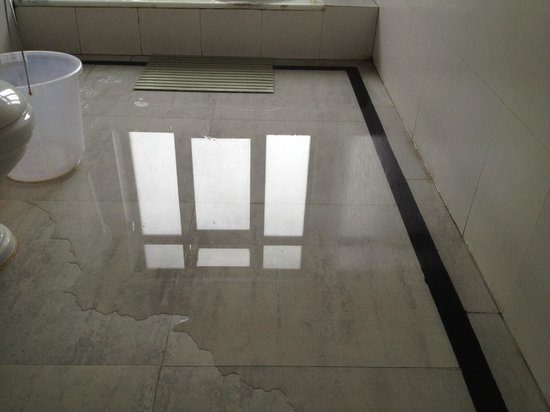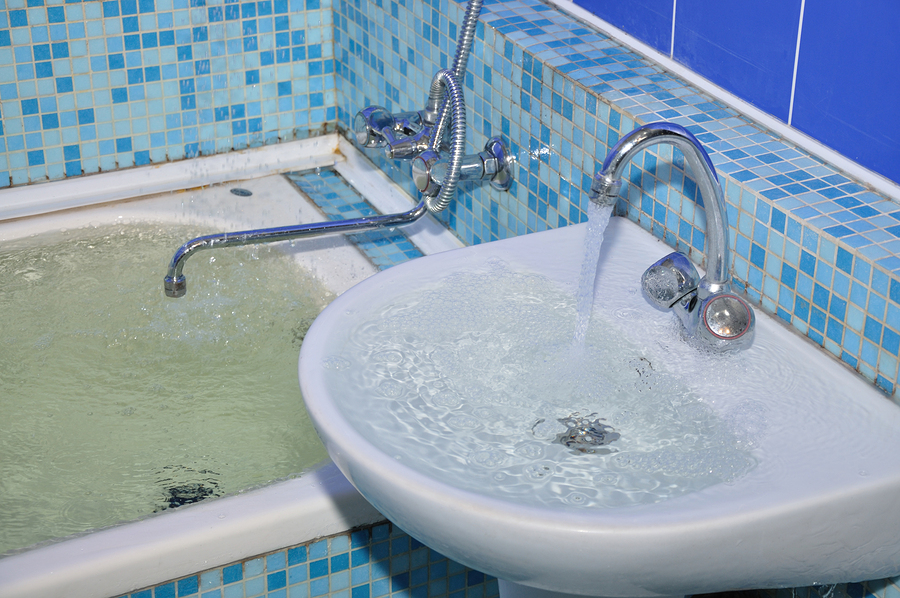Reasons Behind Water Damage in the Bathroom
Reasons Behind Water Damage in the Bathroom
Blog Article
This article down below relating to How to Repair and Prevent Bathroom Water Damage? is immensely compelling. You should take a look.

Water damage commonly happens in the bathroom because of the water used day-to-day. Occasionally, the damage could be a little mold from the shower. Various other times, it's large damage on your flooring. Whatever it is, it is always excellent to understand the cause as well as prevent it prior to it takes place.
This guide will certainly experience a few of the usual root causes of water damage in the restroom. We will also examine what you can do to stop these causes from harming your washroom. Let's dive in.
These are the common reasons you would have water damage in your bathrooms and exactly how you can spot them:
Excess Wetness
It's amazing to have that lengthy shower and sprinkle water while you hem and haw and also imitate you're carrying out, but often these acts might trigger water damage to your bathroom.
Spraying water around can cause water to head to edges and develop molds. Enjoy how you spread excess moisture around, and when you do it, clean it up to prevent damage.
Cracks in your wall tiles
Shower room wall ceramic tiles have been specially developed for that objective. They protect the wall from wetness from people taking showers. However, they are not indestructible.
Sometimes, your washroom wall tiles crack and allow some moisture to permeate into the wall surface. This could possibly ruin the wall if you don't take any kind of action. If you observe a fracture on your wall surface tiles, fix it immediately. Don't wait up until it ruins your wall surface.
Overflowing commodes as well as sinks
As people, occasionally we make blunders that can trigger some water damage in the washroom. For example, leaving your sink tap on could create overruning and also damages to various other parts of the washroom with dampness.
Additionally, a damaged commode can cause overruning. For example, a busted toilet manage or other parts of the tank. When this happens, it can damage the flooring.
As soon as you notice an overflowing sink or toilet, call a plumbing to help handle it right away.
Burst or Dripping Pipes
There are many pipes bring water to different parts of your shower room. Some pipes take water to the bathroom, the sink, the faucets, the shower, and several various other locations. They crisscross the tiny area of the shower room.
Occasionally, these pipes can obtain rusty as well as burst. Other times, human activity might cause them to leakage. When this happens, you'll discover water in the corners of your shower room or on the wall.
To detect this, watch out for gurgling wall surfaces, mold and mildews, or mildew. Call a professional emergency situation plumbing technician to repair this when it takes place.
Roofing system Leakages
Occasionally, the issue of water damage to the shower room could not come from the washroom. For example, a roof leak could cause damage to the restroom ceiling. You can find the damage done by taking a look at the water stains on the ceiling.
If you find water discolorations on your ceiling, inspect the roofing system to see if it's damaged. Then, call a specialist to assist resolve the concern.
Verdict
Water damage to your washroom can be frustrating. However, you can manage it if you prevent a few of the causes mentioned in this overview. Call a professional emergency plumbing if you see any kind of serious damages.
How to Repair a Water-Damaged Wall in the Bathroom
All you need to know to repair bathroom wall water damage – from identifying the water source to finishing the repair professionally. If you don’t act quickly to resolve a water damage problem, you could find that it develops into a mold issue and/or cause structural damage to your home. Follow this guide to repair your bathroom before it's too late.
All you need to know to repair bathroom wall water damage
Water damage is a common household problem, and one that, if left unrepaired, can quickly lead to structural problems and health issues. The two most likely rooms where water damage may occur is the bathroom and the kitchen – where water is used often and there is high humidity.
What is water damage?
It is easy to think of water damage as caused by a flood or leaking tap or burst water pipe. However, when water damage is assessed, there are three main categories into which water falls (as classified by the American National Standards Institute). These categories are defined as:
Category 1 Water – ‘Clear Water’
This is sanitary water. There is usually no major threat to health by washing with this water, drinking it, or inhaling if it is streaming. Most water that enters your home will be category 1 water, while most water leaving your home will be either category 2 or 3 water. It may also come from melting snow, rainwater and water tanks.
Damage caused by this type of water can usually be repaired or restored, though this doesn’t mean that there are no potential health issues.
Category 2 Water – ‘Grey Water’
This is contaminated water – sometimes considerably so – and will cause illness if consumed or if it comes into contact with your skin. Water damage in this category is often caused by overflows from toilet bowls, and damage to washing machines and dishwashers. While damaged items might still be repaired or restored after damage by grey water, it is more difficult and more expensive to do so.
If the water damage in your home has been caused by grey water, it is advisable to have repairs made by professionals.
Over time, grey water will deteriorate and become black water.
Category 3 Water – ‘Black Water’
Category 3 water, also known as black water, is highly contaminated and a great risk to health. This may contain raw sewage, heavy metals, and other toxic substances. It will smell terrible.
If this is the water that has caused damage in your bathroom, do not touch it. Stop the water flowing if possible, seal the room and call the experts: it really isn’t worth the risk of ill health and disease that could be fatal. It is very unlikely that items can be repaired or restored if they have been damaged by black water.
https://www.porterscleaning.com/blog/how-to-repair-a-water-damaged-wall-in-the-bathroom/

As a devoted person who reads on How to Repair and Prevent Bathroom Water Damage?, I was thinking sharing that chunk was a great idea. Be sure to take a moment to distribute this write-up if you enjoyed reading it. Thanks a lot for taking the time to read it.
Effective solutions await. Report this page